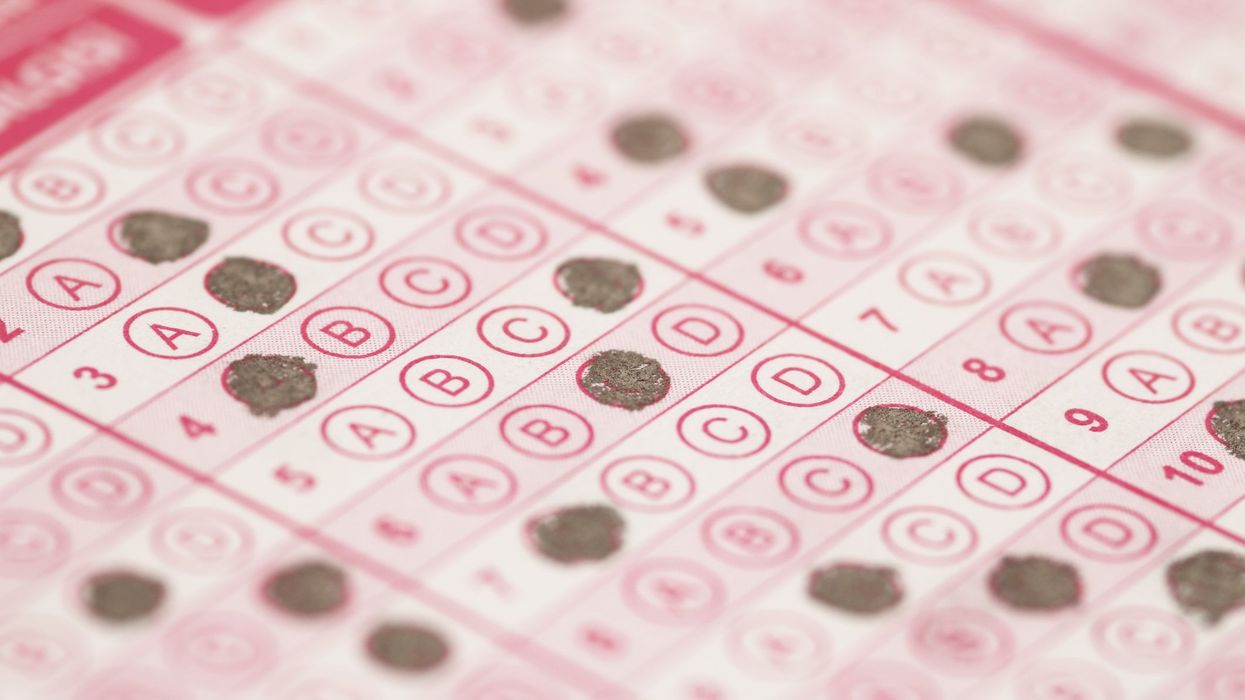
© 2024 Blaze Media LLC. All rights reserved.
“There is no such thing as quasicrystals, only quasi-scientists." Boy, were they wrong.
The Nobel prize winning chemist from Israel wasn't always held in such high esteem for his findings on quasicrystals.
In fact, Popular Science reports that Daniel Shechtman's discovery of the unique arrangement of matter was thought to be impossible:
His research was “extremely controversial,” as the Nobel Assembly put it today. He told his colleagues what he’d seen and they laughed him off, he said in an interview earlier this year. He was eventually asked to leave his research group for “bringing disgrace” to its members, he told the Ha’aretz in April.Two years later, he finally published his findings, yet the skepticism remained — and it remained bitter, as the AFP explains it. The famous American chemist Linus Pauling once declared at a conference: “Danny Shechtman is talking nonsense. There is no such thing as quasicrystals, only quasi-scientists,” AFP recalls.
Just what did Shechtman see when he looked into the microscope that was so controversial? Mixing aluminum and manganese then cooling it quickly, when Shechtman through the electron microscope in 1982, he expected to the atoms randomly assembled. But they weren't at all. In fact, the reflected tenfold symmetry. The New York Times reports that Shechtman had written in his notebook “10 Fold???”
Five sides could never make a perfectly symmetrical repeating pattern that would characterize a crystal, but it does for a quasicrystal. The New York Times continues:
Even the definition of crystal had to be redefined. Previously, a crystal had “a regularly ordered, repeating three-dimensional pattern,” according to the International Union of Crystallography. The new definition, adopted in 1992, states that a crystal is simply a solid with a “discrete diffraction diagram” — that is, something that produces patterns like Dr. Shechtman saw.That leaves the door open for yet more different kinds of crystals in the future.
Quasicrystals have since been found in many other materials, including a naturally occurring mineral from a Russian river. Materials scientists have been exploring quasicrystals because of their distinct properties. One kind of highly resilient steel, consisting of hard steel quasicrystals embedded within softer steel, is now used in razor blades and thin needles for eye surgery.
On the flip side of no one believing your science and later winning a Noble prize, this year's Nobel prize winning physicist, Brian Schmidt, thought he was being pranked by students when he first heard he had won.
The Daily Mail has more:
Having become accustomed to mischievous students over his years teaching in Australia, he thought that the woman with the absurdly thick Swedish accent telling him he had won the Nobel Prize for Physics simply couldn't have been for real."I'm thinking, 'Jeez my graduate students are getting pretty good with the accent this year'," said Mr Schmidt, who teaches at the Australian National University in Canberra.
But the strange thing was, the Swedish woman was not a teenager up to no good, and the American-born physicist is now a joint winner of the Nobel Prize for his team's discovery that the universe is expanding at an ever-increasing rate.
[...]
"I feel like when my first child was born," he said. "I'm kind of weak in the knees and a little, you know, I guess a little... hard to describe, almost speechless at this point."
Schmidt won the award with U.S. researchers Adam Riess and Saul Perlmutter for their work showing that the universe's expansion hasn't been slowing down since the theorized "big bang" but is actually accelerating. Their research is said to have paved the way for research into dark energy.
Want to leave a tip?
We answer to you. Help keep our content free of advertisers and big tech censorship by leaving a tip today.
Want to join the conversation?
Already a subscriber?
more stories
Sign up for the Blaze newsletter
By signing up, you agree to our Privacy Policy and Terms of Use, and agree to receive content that may sometimes include advertisements. You may opt out at any time.
© 2024 Blaze Media LLC. All rights reserved.
Get the stories that matter most delivered directly to your inbox.
By signing up, you agree to our Privacy Policy and Terms of Use, and agree to receive content that may sometimes include advertisements. You may opt out at any time.





